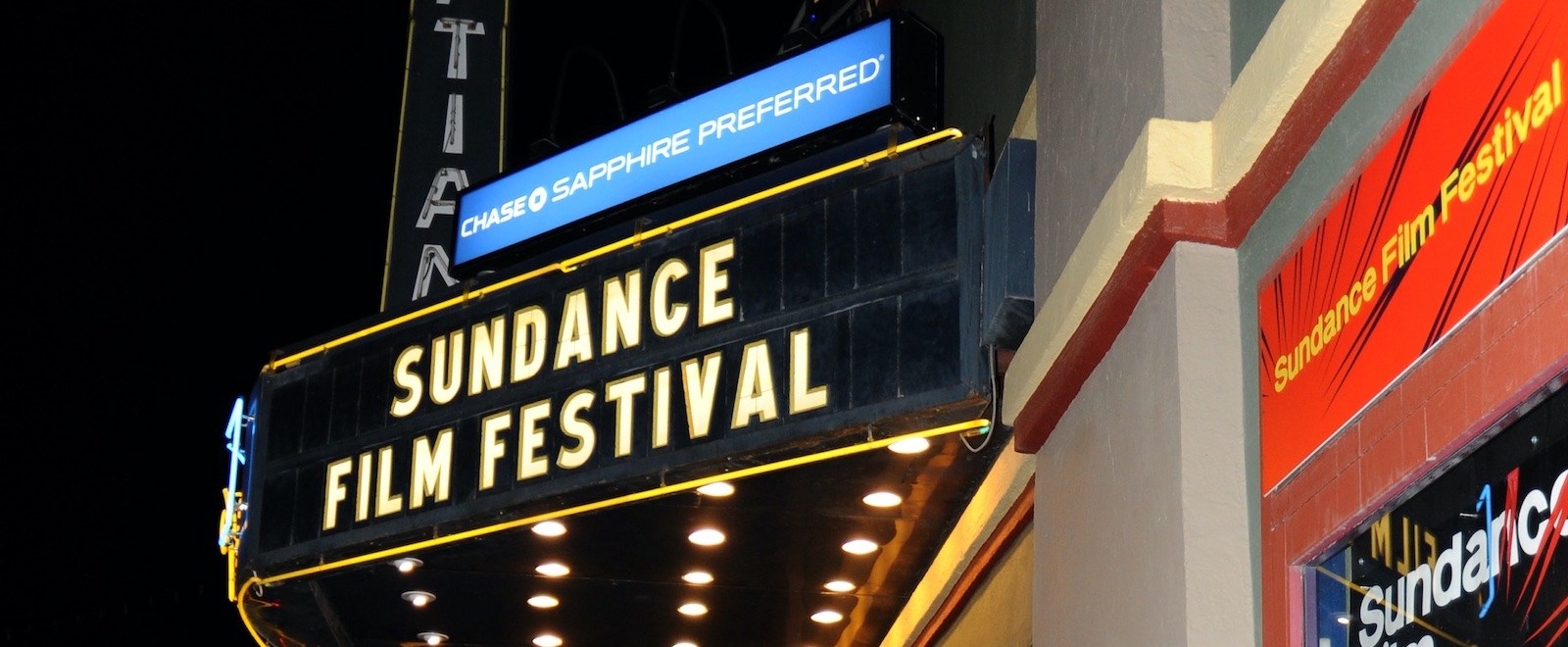
For the second year in a row, the Sundance Film Festival was completely virtual. A lot will be made of what’s missing by not attending in person, and that’s fair. The camaraderie. The energy right before a big premiere. Just being “out of the house,” which I used to take for granted and can’t imagine I ever will again. But Sundance is also tough. (At least as “tough” as something can be that involves watching a lot of movies every day.)
For those who have never been, Park City, Utah, isn’t quite the cozy mountain town you might be imagining. It’s more like a suburban city. There are strip malls, a lot of chain stores, and it is, surprisingly, pretty spread out. Which means getting from one end of town to the other, in the altitude, to get from a screening to an interview, or a screening at one venue to a screening at another venue, is sometimes impossible. (Especially that first weekend when traffic is at a standstill.) So having every Sundance movie just available on an app is actually overwhelming. (Sundance has a screening app that works easily on AppleTV and is better than a lot of actual streaming companies.) Like, as I type this, I can still watch any Sundance movie that I haven’t seen yet. I don’t have to run, out of breath, in the snow, to make it on time. I just have to press a button. After nine years of doing the whole “running while out of breath” thing, it’s still hard to wrap my head around this. Don’t get me wrong, I miss going to Park City. But, next time I’m there, hopefully next year, and I’m lying on icy pavement having just slipped and, once again, injured myself, I will think back to this miracle app with all the movies, watching in my warm apartment, and probably feel some nostalgia for this.
Anyway, even with the ease of this system, there still isn’t enough time to watch everything. So, of what my colleague Vince Mancini and I saw, here are the eight best movies we saw at the 2022 Sundance Film Festival. (Even though these are technically ranked, let’s say these are a loose ranking since Vince and I didn’t have a lot of overlap on what we watched. So both of us are taking the other’s word on the movies we didn’t see.)
1. Emily the Criminal
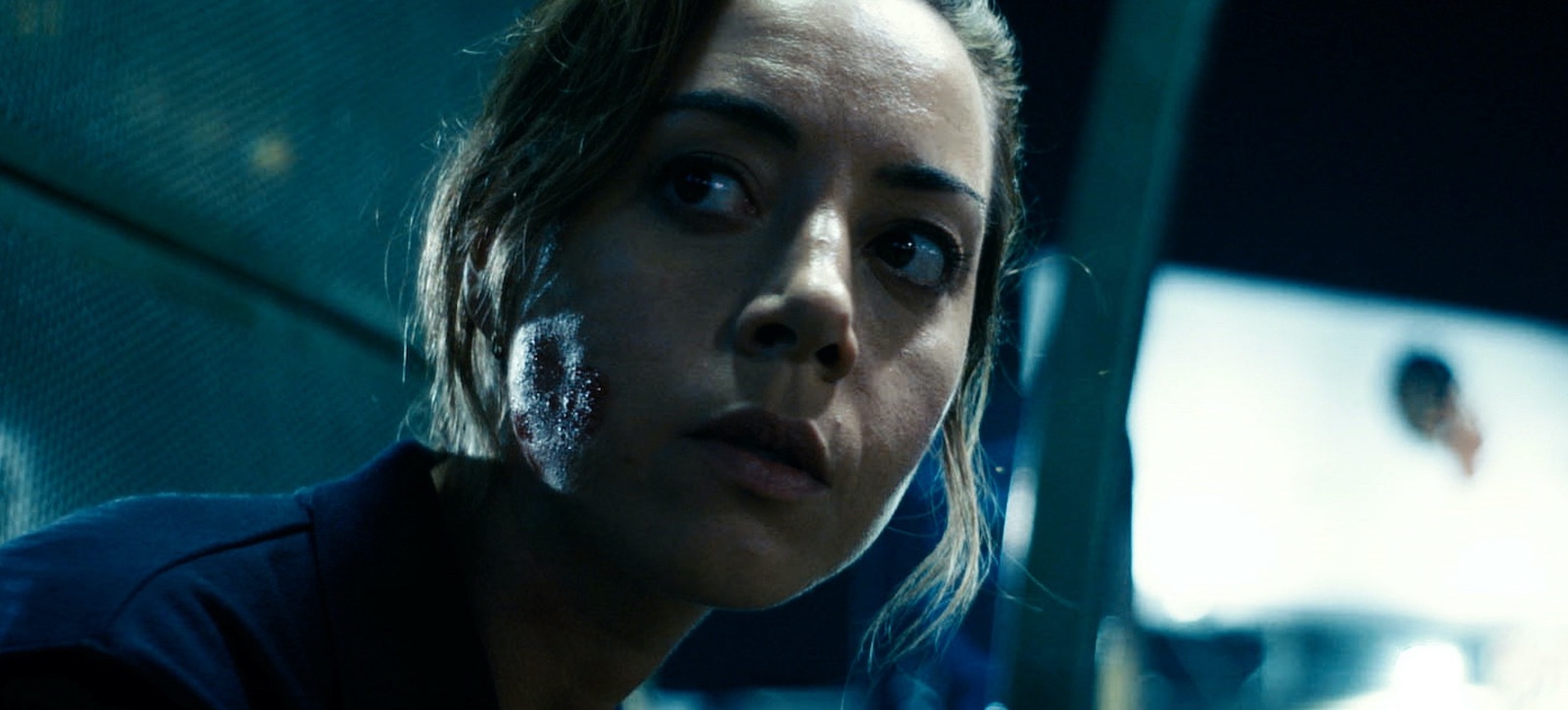
Imagine a student-loan debt-saddled Uncut Gems and you have something like Emily The Criminal, starring Aubrey Plaza as a budding outlaw in writer/director John Patton Ford’s feature debut. There are a lot of films out there about how hard it is to be poor in America, but a realistic victim doesn’t make for as compelling a protagonist as a lot of indie directors think. Being sympathetic alone can only take us so far. Characters more towards the edge of human experience tend to be more interesting, and that’s Emily. Her hard luck story is believable enough, but it’s how she responds that makes her so watchable — in harrowing depictions of various crime schemes that are white knuckle intense in a way that never feels like cheating. Ford has a delicious cynicism towards institutions that reminded me a little of Andrew Dominik’s Killing Me Softly, another nasty little fuck you of a movie. But a true criminal travels beyond sadness to find opportunity in pessimism, and that’s Emily’s journey in a nutshell. –Vince
2. Fire of Love
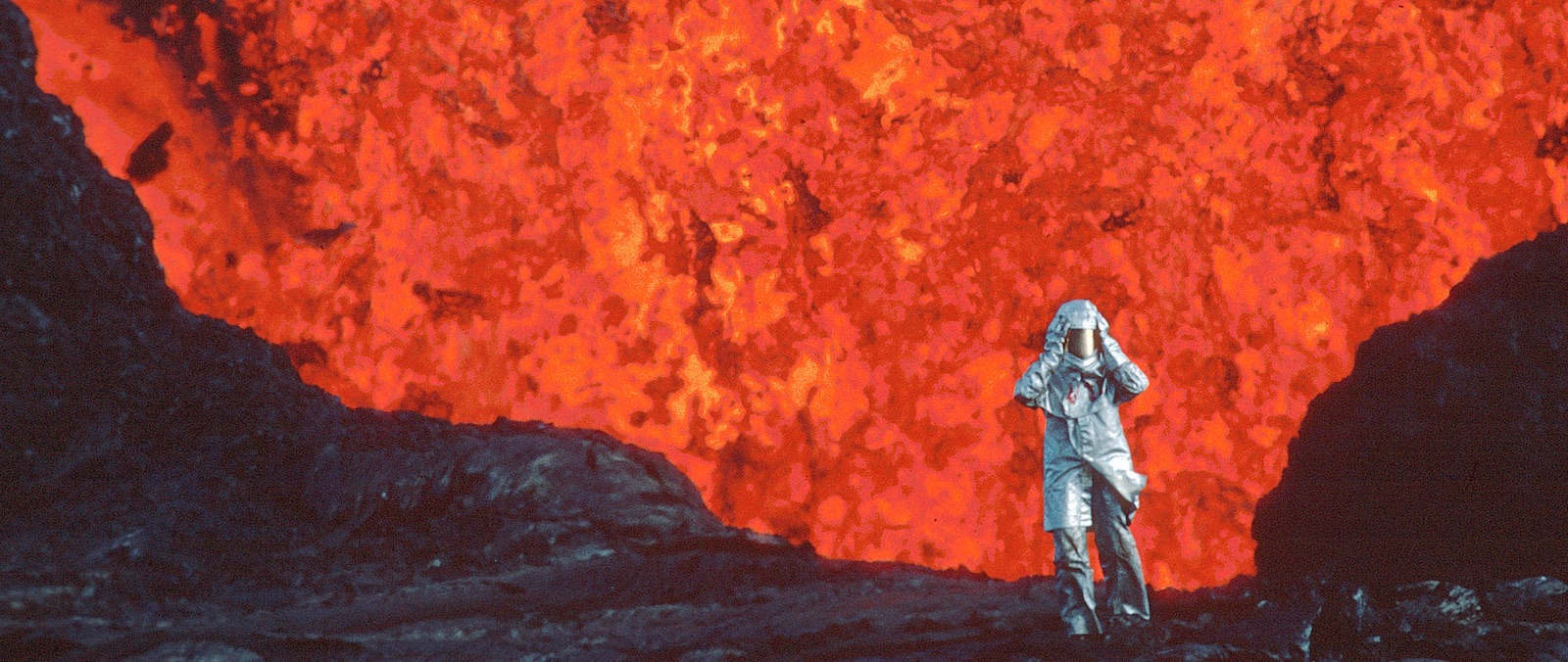
Sara Dosa’s Fire of Love tells us up front that the story of Katia and Maurice Krafft does not end happily. This is important, because after watching this documentary filled with such passion and love – for volcanoes, but, more importantly, for each other – to have the rug pulled out in tragedy would have been too much. Even knowing, it’s still too much. The footage, from the Krafft’s archives, is stunning. This truly is a remarkable film. That, somehow, a movie about two volcanologist could be in contention for the best love story of the year, but then have a narrative where there’s an evil villain lurking. And in doing so we learn the difference between the “friendly,” beautiful red volcanoes (“friendly” in that they are fairly predictable; these are the volcanoes with the flowing red lava) and the very dangerous grey volcanoes (like Mount Saint Helens) that are not predictable and kill people. That when we see these things explode, that grey plume isn’t just debris, it’s basically a moving, fiery hell called a pyroclastic flow that destroys everything in its path. It’s when the Krafft’s devote their lives to the grey volcanoes, trying to save lives, it’s only a matter of time before one will catch up with them. –Mike
3. Fresh
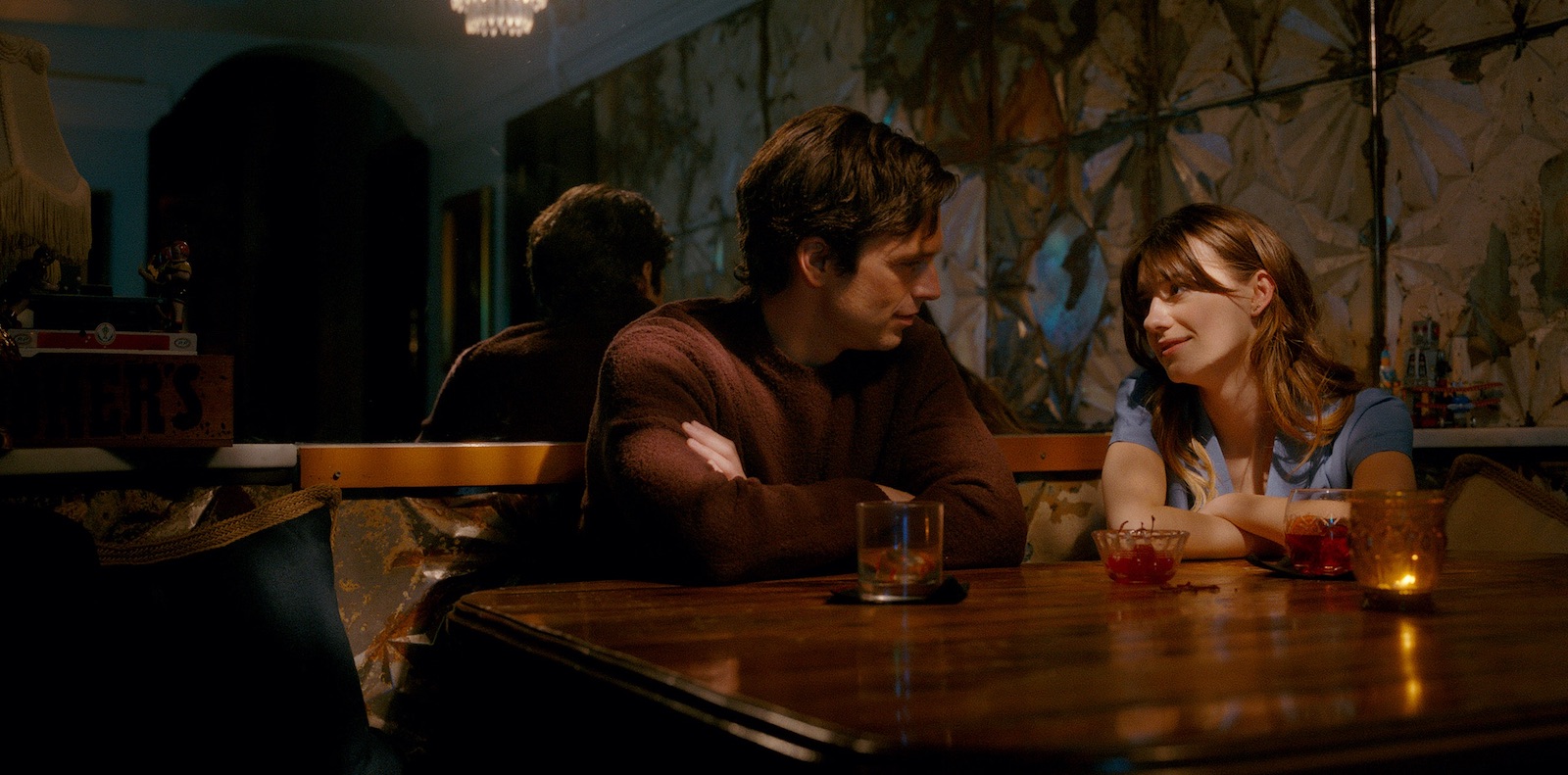
Mimi Cave’s feature debut isn’t the first movie ever to apply elements of the fantastic to the horrors of dating. But it’s one of the few that’s able to combine glib observational dating humor with broad visceral suspense and do both equally well. Daisy Edgar-Jones (who I believe has hollow bones, like a bird) plays Noa, who thinks she’s found her dream guy in Steve (Sebastian Stan), who turns out to be hiding one whopper of a secret. That’s one of the easiest pitches in the world, but the beauty of Fresh is that it never gets reductive, never tries to deliver a high-handed message, and offers the participatory thrills of a whodunnit without ever cheating the details. It’s unabashedly broad but still rewards the viewer who pays attention. -Vince
4. Navalny
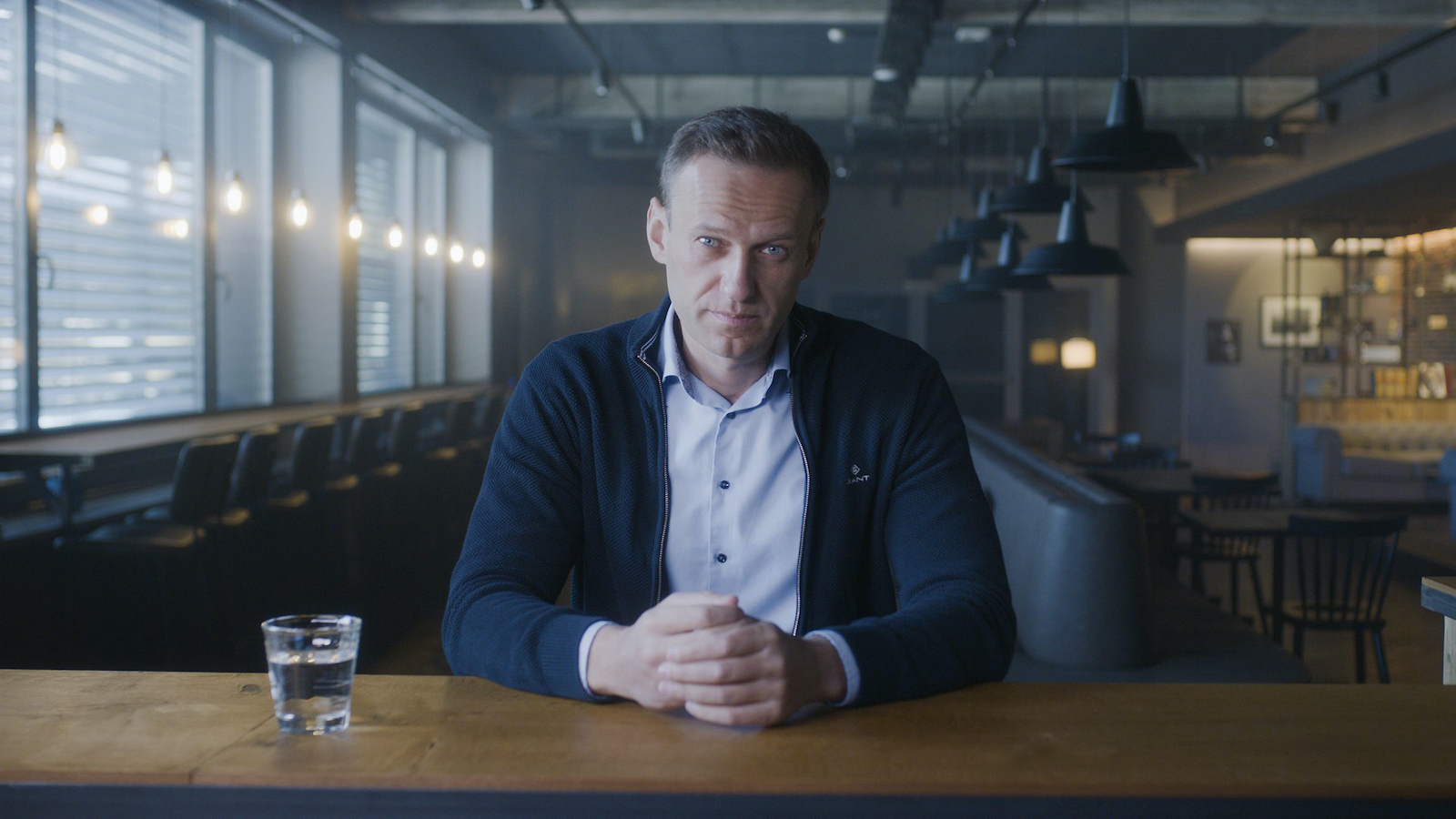
As we wrote before, Navalny follows Alexei Navalny as he recovers in Germany from an assassination attempt and his plan to return to Moscow, where, as an enemy of Putin, he will surely be arrested. (Which he was.) But, in that time in between, Navalny serves as a mystery as Navalny and his team try to figure out who actually poisoned him and how. After some high-tech work to get a list of names, the end result basically comes down to some prank phone calls to finally solve this part of the mystery. And the result is, strangely, pretty hilarious. When this was all happening it made no sense why Alexei Navalny would risk everything to return to Russia. What this film does is present why, in his mind, he had no choice but to return, no matter what the consequences are. -Mike
5. Cha Cha Real Smooth
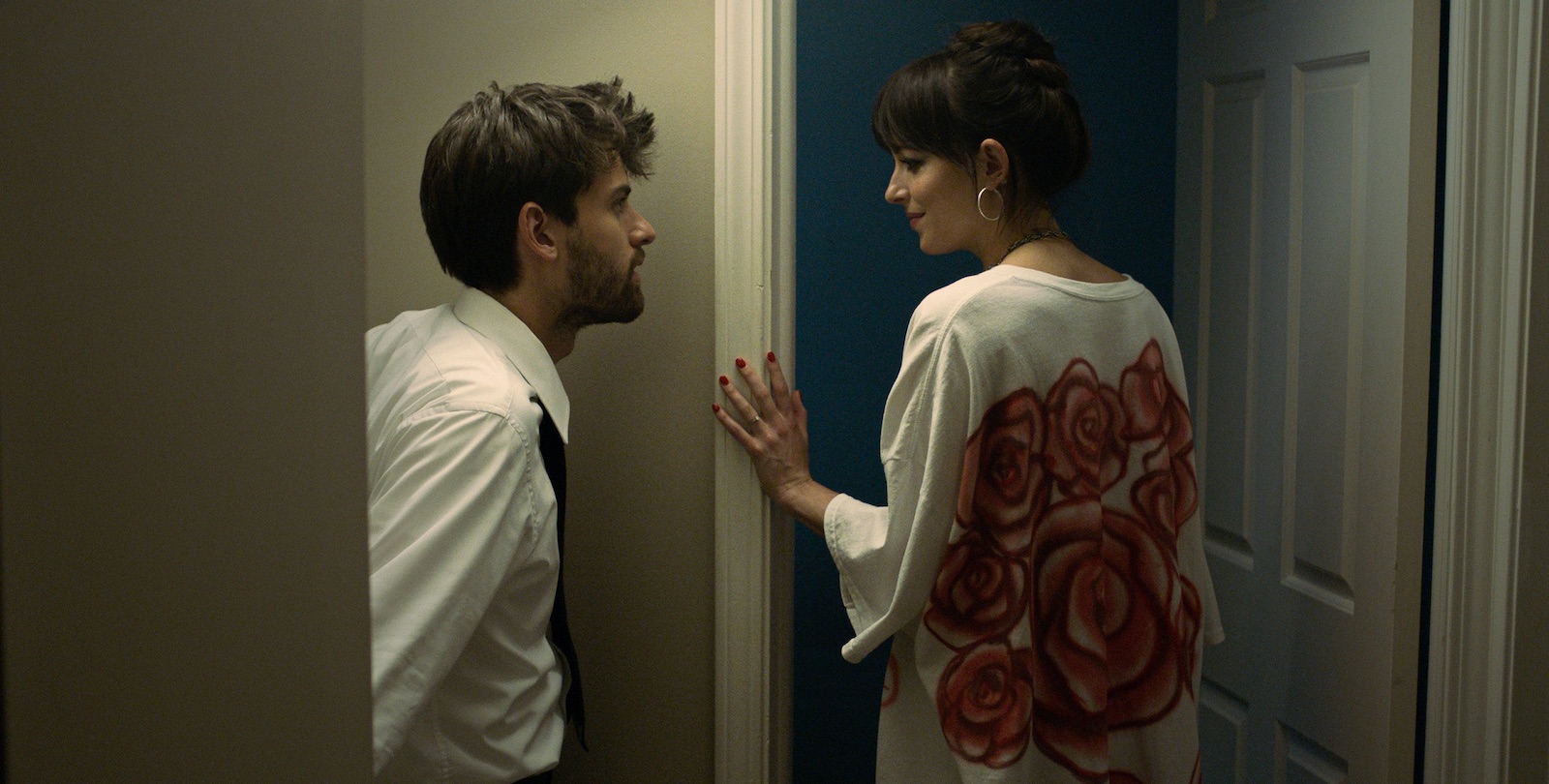
Cooper Raiff’s follow-up to Shithouse (which neither of us saw) follows a directionless college graduate (Raiff) as he becomes a bar mitsvah fixer and pines after an older woman (Dakota Johnson), the mother of an autistic teen. That synopsis sounds like it was designed by an advanced AI to be the most Sundance dramedy plot ever conceived, and I didn’t want to enjoy Cha Cha Cha Real Smooth, but it was so undeniably sweet and eloquently delivered that I just couldn’t help myself. Dakota Johnson is stacking the great performances up like firewood these days, proving yet again how irresistible she and Jamie Dornan can be when they’re not stuck in 50 Shades together. -Vince
6. Honk For Jesus, Save Your Soul
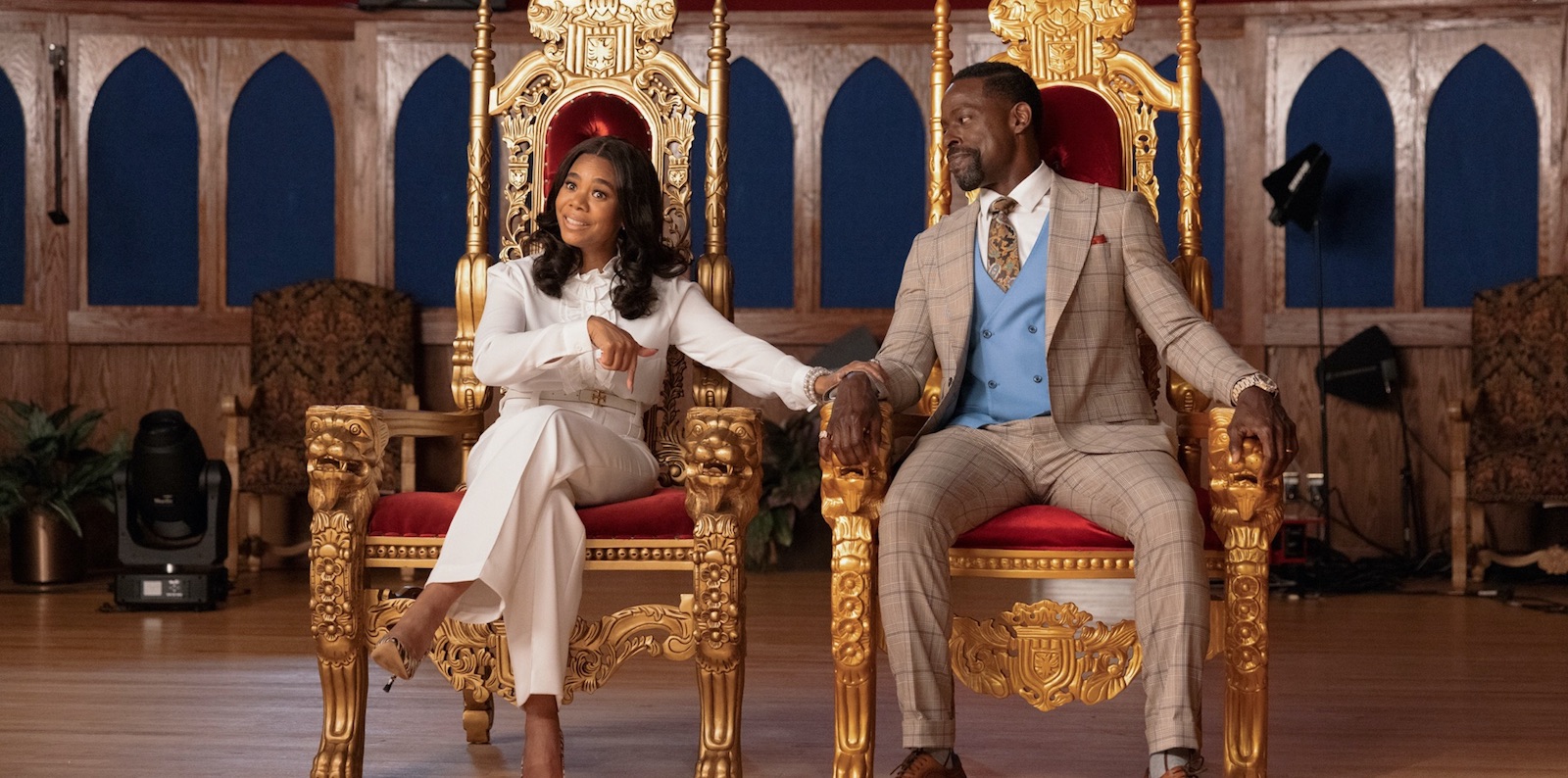
Adamma Ebo’s Honk For Jesus, Save Your Soul is a movie where everyone is just going for it. Regina Hall and Sterling K. Brown just give it everything they’ve got as Trinitie Childs and Lee-Curtis Childs who, as the result of a scandal having their megachurch closed, are planning a comeback. And they decide it’s a good idea to have an award-winning documentary filmmaker follow them around to make a movie about this miracle resurrection. What we get is the anguish of these two when the cameras are off, and the forced-positivity when the cameras are on, that are both hilarious and sad. Honestly, I can’t say enough about Regina Hall and Sterling K. Brown. These are both remarkable performances that thread that line between over-the-top and pitiful, with a touch of empathy. A good example is, as a viewer, we know the day their church reopens, there’s no way this is going to go well for them. But there’s Lee-Curtis Childs, standing outside, with a big smile on his face, telling Trinitie he expects 500 people. Then he emotes pure joy when one lone car pulls up … then after a pause, that car does some parking lot donuts and then leaves. -Mike
7. Dual
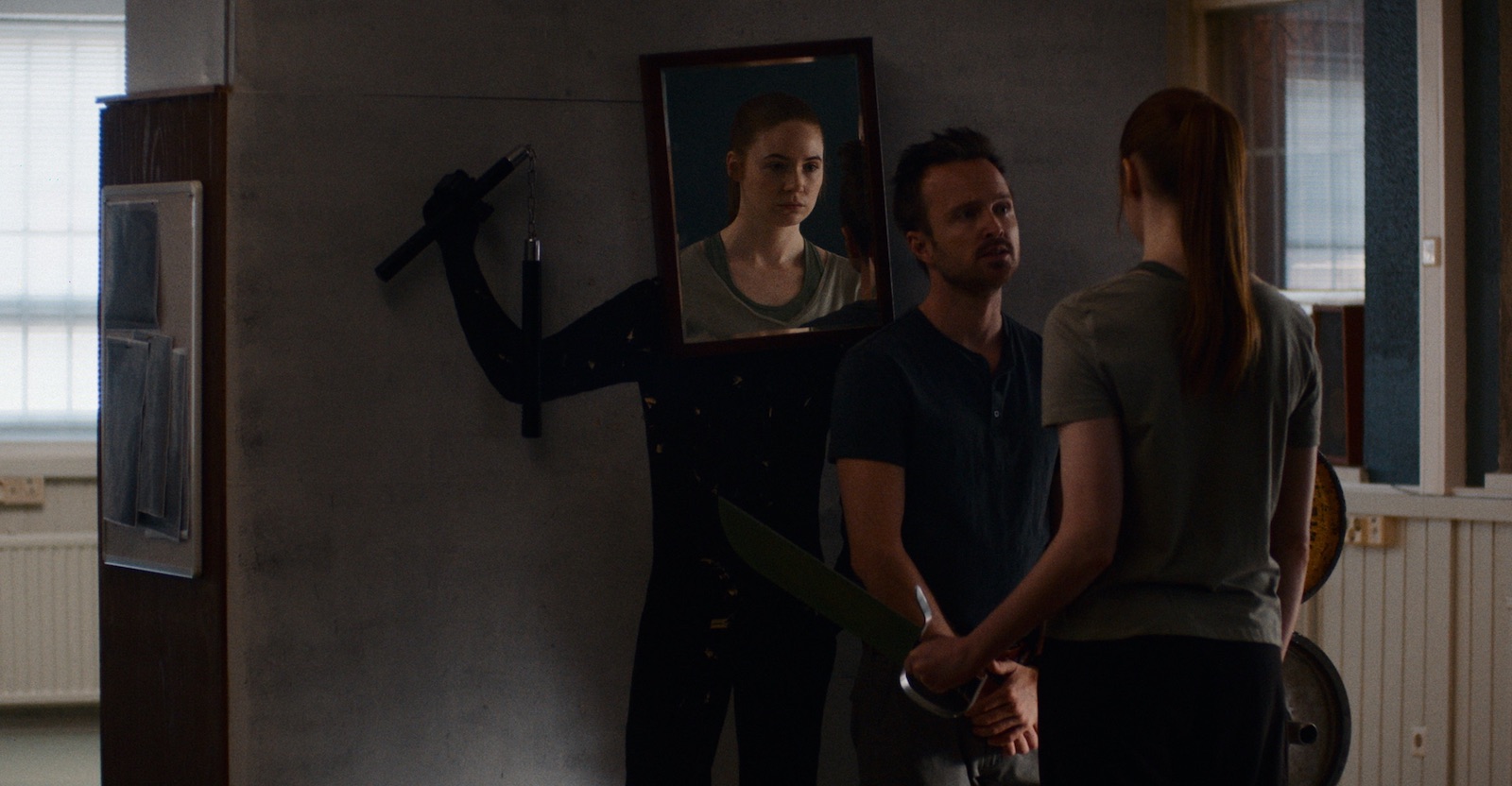
Dual director Riley Stearns became the main character of film Twitter this week, for calling out one of the few critics who dared give his film a negative review (who Stearns said had attacked him personally in the past). While I generally wouldn’t advise starting an esoteric beef within an insular subculture that the general public mostly just finds superfluous and distasteful, I do have to praise Stearns’ movie. His follow-up to The Art of Self-Defense, Dual is another odd little film where the characters all sound like chatbots sharing interesting facts they’ve just learned about bread. Whereas in Stearns’ previous film that arch style felt like an impediment to deeper insights, in Dual it only highlights the feelings of alienation and corporate dehumanization that it explores.
Karen Gillan plays a terminally-ill millennial who pays a tech company to clone her so that her family won’t have to miss her. Only she ends up having to fight that clone to the death for the right to continue her identity. Shot entirely in Finland during the pandemic, Dual is the Scandinavian sci-fi equivalent of a Spaghetti Western, and like Stearns’ uncanny valley style, the vaguely European setting feels like a happy accident that ends up working wonderfully. -Vince
8. After Yang
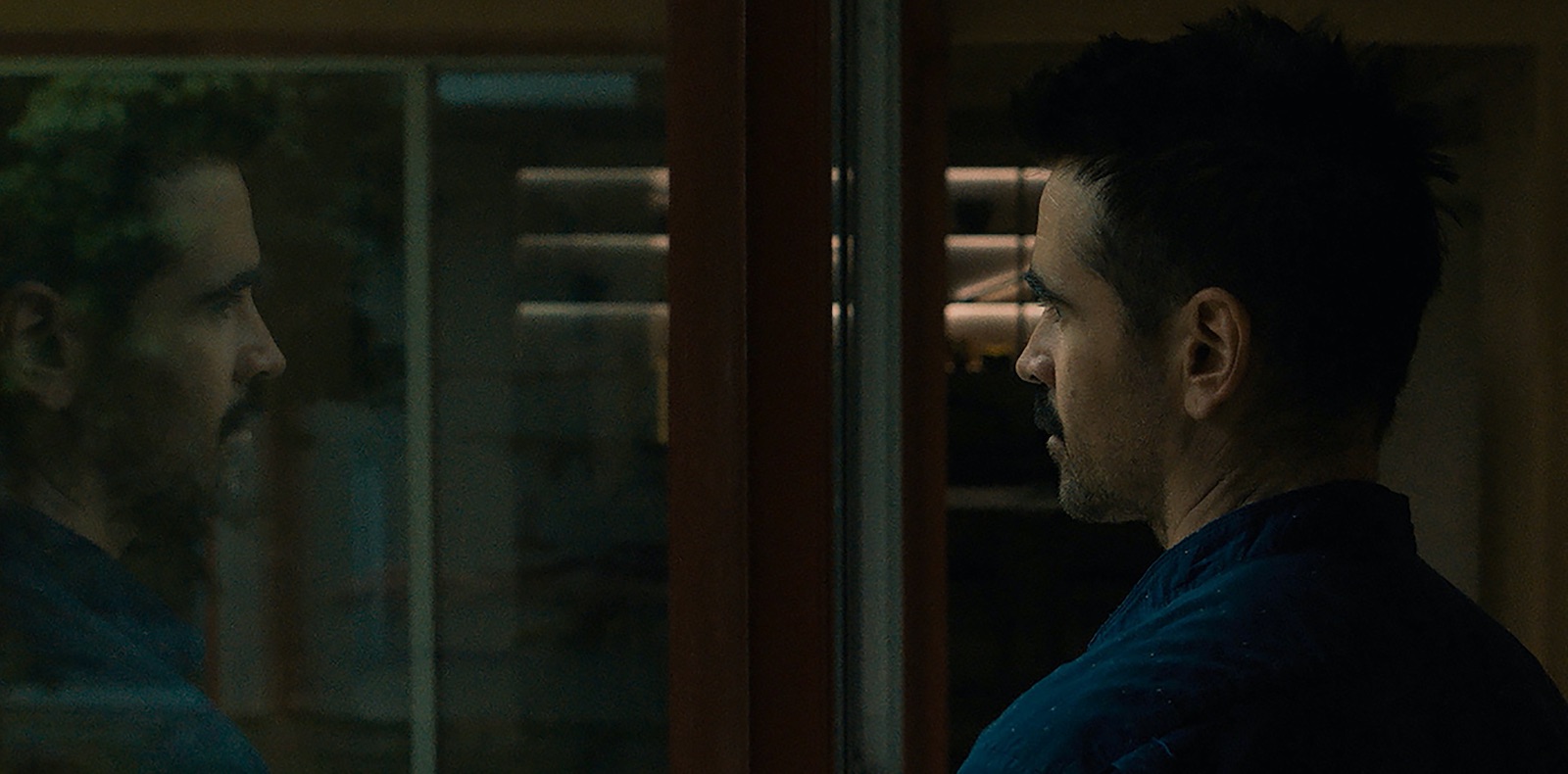
What a haunting film. (And it’s definitely weird that a film this haunting has one of the most fun, best opening credit sequences I’ve seen in a few years.) In Kogonada’s After Yang, Yang (Justin H. Min) is a caregiving robot who stops working. His family has grown attached to Yang as we watch Jake (Colin Farrell) take Yang from shop to shop, always told there’s nothing that can be done, but the good news is that Yang can be traded in for a discount on a new model, as if Yang is basically an iPad that stopped turning on. It’s haunting because this will be our future. Tech will become more and more personalized, yet easily discarded at the corporate level, but not so easy at the personal level. Eventually Jake turns to the black market to illegally try and repair Yang (the company that makes these robots has made it illegal to access their data) and Jake finds that Yang has been refurbished a few times before and has a wealth of memories from the numerous lives he’s lived. But the question is, what made an artificial intelligence choose the memories to save that he did? After Yang is poignant and forlorn, but also always interesting. That’s not always an easy thing to do. In the end, I can’t stop thinking about this movie. -Mike
